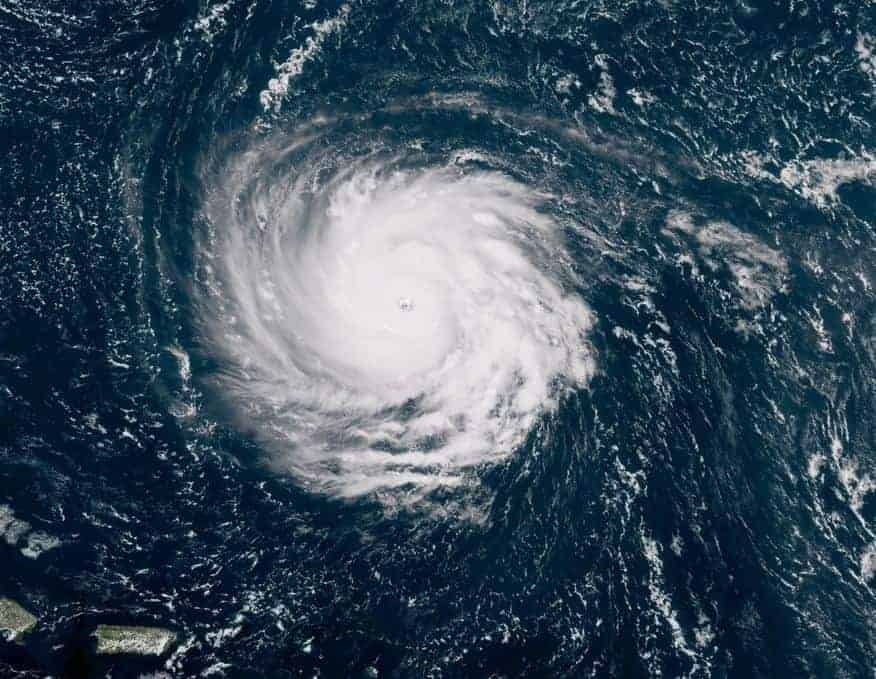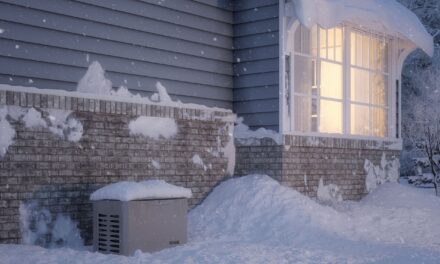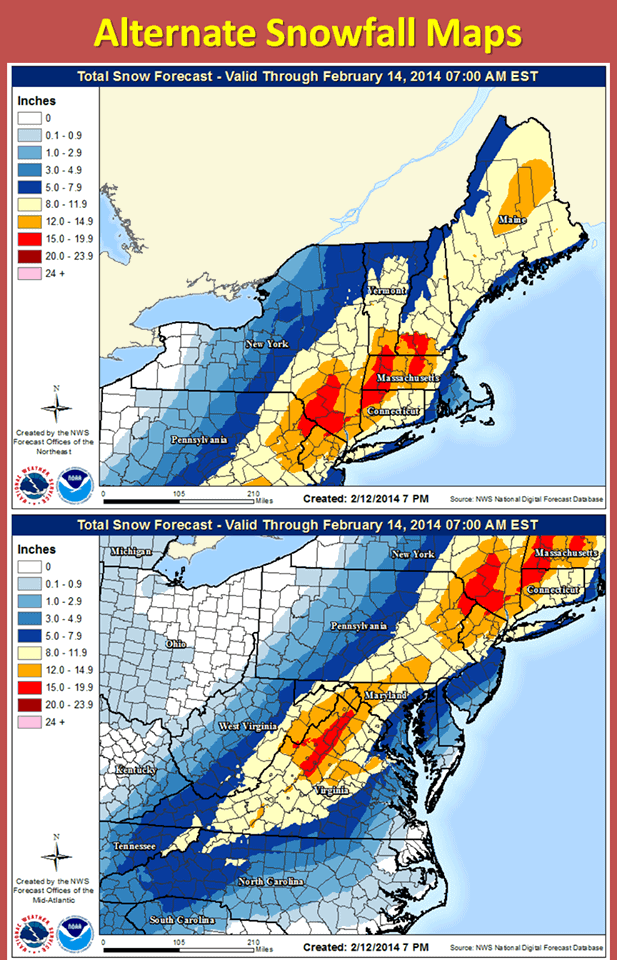Long range forecasters are predicting an active hurricane season. The season begins on June 1 and ends on November 30. These dates mark the time when tropical cyclones most likely to form, but hurricanes can and do form at other times during the year.
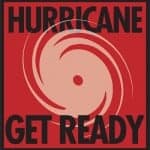
Hurricane Get Ready
The hurricane season includes other, less intense storms. Tropical Depressions have lower wind speeds and are generally less organized than a hurricane or a Tropical Storm. The sustained winds in a tropical depression max out at 39 MPH, while a tropical storm can have sustained winds that reach 74 MPH. Storms reach hurricane status when their sustained winds reach 75 MPH, and major hurricanes have winds exceeding 110 MPH.
Hurricanes have a major impact when they reach land and cause widespread damage to buildings and infrastructure while disrupting services and utilities.
2013 Hurricane Season Forecast
In December of 2012, the Tropical Storm Risk consortium issued a long-range forecast for 2013 that included more than 15 named storms, of which at least seven would be hurricanes, and also included three to four major hurricanes.
In early April of 2013, the TSR forecast was updated and based in part on higher than normal Atlantic Ocean surface temperatures and the unlikely formation of an El Nino before the season reaches its peak in September. The prediction has an approximate 25 percent margin of error, meaning there will be 11 to 19 named storms, five to ten hurricanes, and two to five major hurricanes.
The likelihood that a major hurricane (category three or higher) will make landfall in the United States is well above average for the 2013 season.
Hurricane Preparation
It is not uncommon for a hurricane to cause widespread damage to the electrical grid and other utilities such as water and sewer and telephone communications.
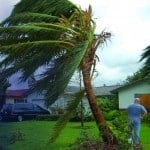
High winds cause power outages and property damamge
The time to prepare is before the season starts. Along the coast, you may need to purchase plywood for covering windows and doorways. Containers for holding enough water for each person for one week are a good idea, as are supplies of non-perishable foods such as canned goods and staples.
Portable electric generators are an affordable option for powering a home during an outage, but need a continuous supply of fuel to be fully effective. A better option is a permanently installed standby generator which connects to a home’s natural gas lines or LP gas tank. A generator can keep sump pumps running, provide lights, operate air conditioners, and power your television for news update. They also run hot plates and microwave ovens for cooking.
As storms approach, locally available equipment and supplies run short, making advance preparation the best policy. And, the installation of a generator can take time and the services of an electrician.
Generators run continuously for days require maintenance in as little as 100 hours. Don’t forget to stock up on enough maintenance supplies to get your generator through several weeks of operation.
Surviving the Storm
Hurricanes are large, powerful storms that easily destroy property and claim lives. If you’re in the path of a hurricane and authorities are warning you to evacuate, don’t wait. Leave before the roads are clogged with desperate travelers and gasoline supplies run short. Your property isn’t worth risking your life.
Inland and along the outside edges of a hurricane’s path, use the supplies you stocked previously, conserve food and water, and use your generator when the power goes out. If you have a portable generator, conserve fuel by only using the generator as needed. Keep refrigerators cold, furnaces running in freezing temperatures, and sump pumps operating to prevent flooding. Stock up on fuel whenever you have the chance.
Don’t forget to follow safety guidelines for using a generator, and keep up to date on emergency weather reports.
UPDATE: The April 10 extended forecast now includes 18 named storms including 9 hurricanes and 4 major hurricanes. The probability that a category 3, 4, or 5 hurricane will strike the U.S. Coast is 72 percent, the East Coast (includes Florida peninsula) 48 percent, and Gulf Coast 47 percent.

